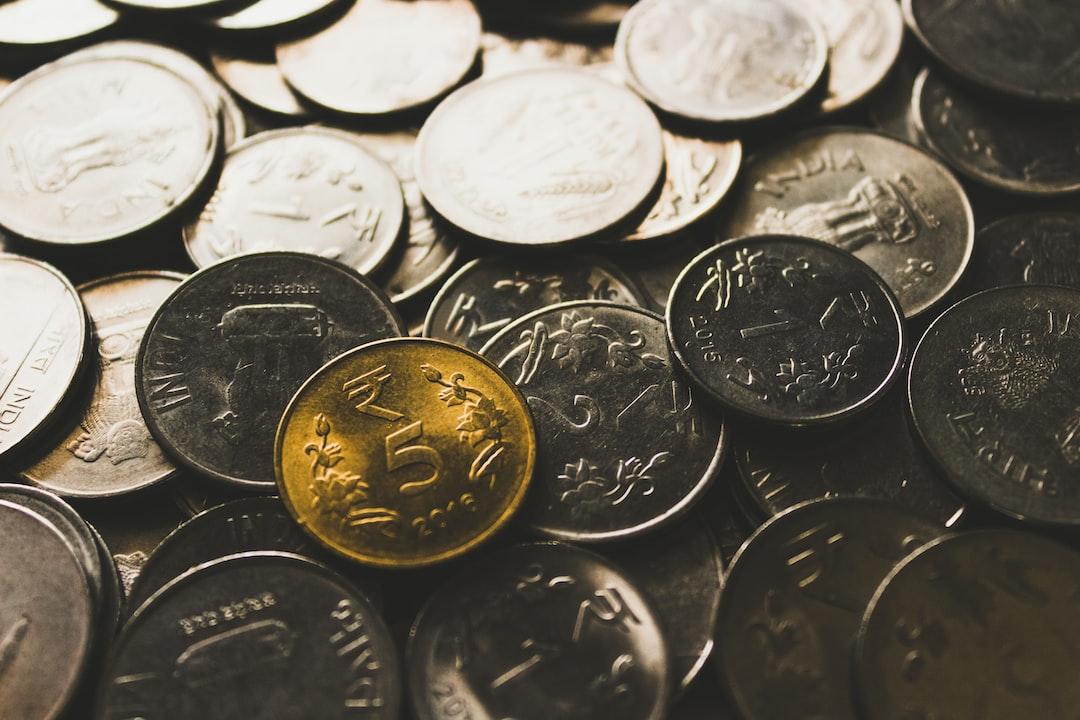Tokenization of real-world assets, which involves creating digital tokens on a blockchain to represent ownership of traditional financial assets, has the potential to revolutionize investment and trading in various assets such as real estate, fine art, government securities, and corporate bonds.
The convergence of traditional finance (tradfi) and decentralized finance (DeFi) enables a wider range of investors to transact complex assets globally, reduces fraud risk through increased transparency, and facilitates the trading of previously illiquid assets on a global scale. Although the tokenization market is currently small compared to the overall finance sector, with a valuation of $13 billion, it is projected to reach $30 trillion over the next decade. As Wall Street and the blockchain industry continue to tokenize more of our financial infrastructure, we face a crucial challenge: how can we ensure the reliable connection between real-world assets and their digital counterparts?
While blockchain technology serves as the foundation for tokenization, it does not inherently guarantee the integrity of off-chain assets. To promote widespread adoption of tokenization of real-world assets (RWA), we need robust verification mechanisms to bridge the gap between the physical and digital realms. In this article, we will discuss five fundamental challenges in tokenization that can be addressed through verification.
1. Asset verification: The basis of trust
The value of tokenization relies on the accuracy of the assets it represents. To enable reliable scaling of RWA tokenization, verification systems must establish secure and real-time connections to trusted external data sources. This ensures that each tokenized asset is supported by authentic and verifiable information.
For example, verifying a tokenized commercial real estate property currently involves coordination between multiple parties, such as legal teams, auditors, and oracles. This process introduces delays and potential failures, making real-time verification nearly impossible. Decentralized verification networks can solve this problem by automating connections to authoritative data sources, consolidating fragmented verification processes, and creating an immutable record of every step, from initial authentication to ownership transfers.
2. Digital identity: Establishing participant legitimacy
When transacting with RWAs, knowing the identity of the parties involved is crucial. Advanced verification systems enhance trust in digital identities by making off-chain identity verification processes transparent and auditable.
Currently, identity verification relies on multiple KYC (Know Your Customer) providers operating independently, requiring investors to repeatedly verify their identity across different platforms and transactions. This fragmented approach creates friction and security vulnerabilities. Advanced verification systems can standardize identity verification on decentralized networks, creating a certified transcript that can be trusted across platforms while protecting privacy and enabling seamless participation in various tokenized asset markets.
3. Custody verification: Confirming asset location and security
Tokenized assets, whether it’s a collection of vintage wines or gold bars, need to be physically stored and protected. Custody verification serves as digital proof that the assets exist and are properly safeguarded, similar to how bank statements assure the security of money with real-time verification.
Modern verification systems should track all aspects of custody operations, including security measures and storage conditions. Each custody action generates an immutable record, creating a comprehensive audit trail that allows asset owners to verify their holdings at any time.
4. Provenance tracking: Validating ownership history
Provenance, or the ownership history of an asset, is crucial, particularly in markets such as the luxury watch industry. Currently, tracking a watch’s history relies on scattered paper certificates, dealer records, and auction house documentation. This fragmented system allows counterfeiting and can diminish the value of legitimate assets when ownership history is unclear.
Verification systems must establish an unbroken chain of cryptographically secured records. Each transfer of ownership, maintenance record, and authentication check generates a certified transcript on a decentralized network that is both immutable and interconnected. For example, when an authorized dealer services a watch, that record automatically becomes part of its verified provenance chain, accessible to all future owners.
5. Regulatory compliance verification: Adhering to legal frameworks
The complexities of regulatory compliance are evident in tokenized securities trading. For instance, when a tokenized corporate bond is traded between investors in different jurisdictions, manual and retrospective checks are currently conducted. This often leads to costly reversals when a trade is found to violate regulations days after execution. Traditional systems struggle with transactions crossing jurisdictions due to varying requirements.
Decentralized verification systems can integrate smart contracts with regulatory frameworks to automate compliance checks. Each verification generates a portable transcript, creating an immutable audit trail for regulators. These transcripts can be linked to ledger transactions or used off-ledger, simplifying the compliance demonstration process and fostering a more transparent and trustworthy ecosystem.
The importance of verification
The future of RWA markets depends on the development of comprehensive verification systems that address these five requirements. These systems should be scalable, cost-effective, and capable of handling diverse asset types. Through advanced cryptographic techniques and verified decentralized compute networks, we can establish reliable connections between physical assets and their digital representations.
The widespread adoption of RWAs relies on our ability to ensure reliable verification. Without robust and scalable verification systems, we will be left with a system that is only marginally better than traditional finance.

